Severe heat can easily cause heatstroke, heat exhaustion or stroke. According to the Ministry of Health , the main cause is due to prolonged exposure or working in hot, high-temperature environments or it can also be due to sudden changes in environmental temperature, especially for people at high risk such as: the elderly, children, pregnant women; people who work or exercise at high intensity outdoors in the sun for a long time or in hot environments; people with chronic diseases: high blood pressure, asthma, diabetes...
Health problems caused by heat depend on the duration of exposure. Mild symptoms include fatigue, thirst, dizziness, increased heart rate, increased breathing rate, and cramps. More severe symptoms include severe headaches, increasing difficulty breathing, nausea or vomiting, weakness or paralysis of one side of the body, convulsions, fainting or coma, and possible death.
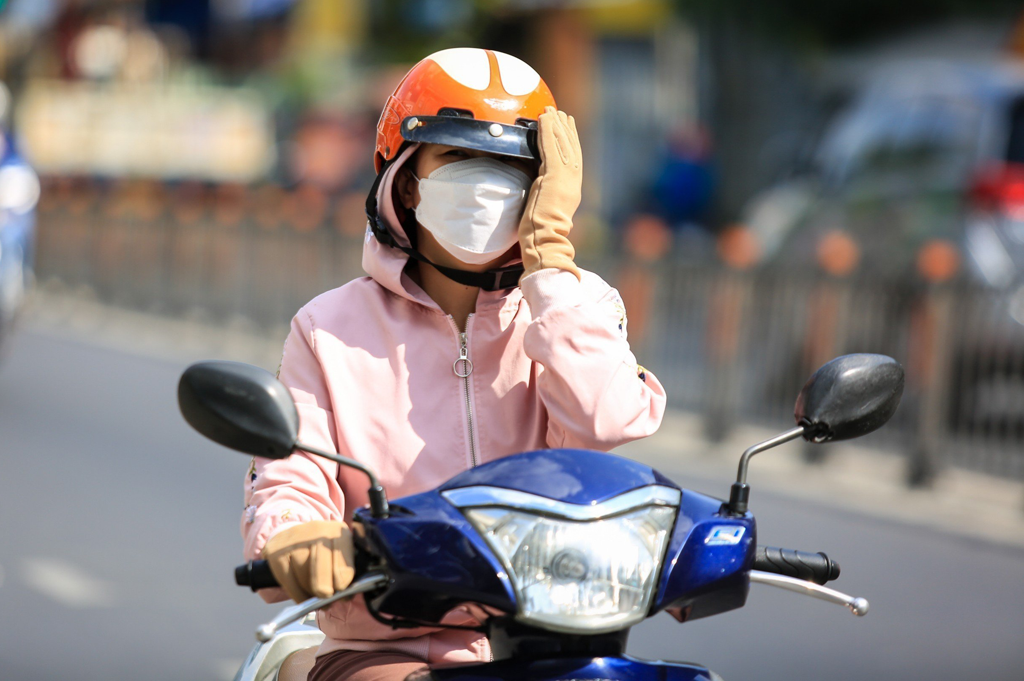
The hottest time of the day is from 10am to 4pm.
PROPER FIRST AID
People with health problems due to heat, depending on the severity of the symptoms, need to quickly apply appropriate treatment measures. For mild cases, the victim should be immediately moved to a cool, airy place. Loosen or remove some of the victim's outer clothing. Then, wipe the victim's body with a cool towel. Place the towel soaked in cool water in areas such as the armpits, groin, and both sides of the neck to help quickly reduce body temperature.
If the victim can drink water, give them small sips of cool water. It is best to drink water with added salt and minerals such as: ORS solution mixed in the correct dosage according to the instructions. If the victim has cramps, gently massage the cramped muscle area. Note that there should be no people around the victim. After about 10 - 15 minutes, the symptoms will gradually subside.
If the victim has severe symptoms, call 115 immediately or quickly take the victim to the nearest medical facility. Note that during transportation, regularly apply cool compresses to the victim.
THINGS TO DO WHEN IT'S TOO HOT
To prevent the harmful effects of heat, the Ministry of Health recommends that people limit going out on hot days, especially during the hottest time (from 10am to 4pm). In particular, it is necessary to drink at least 1.5 - 2 liters of water per day. You should drink many times a day, do not drink too much water at one time.
People who are in a room with low air conditioning should not go out into the sun suddenly but need to give their bodies time to adapt to the outside environment, by increasing the air conditioning temperature in the room before going outside.
For those who have to work in hot weather, it is necessary to arrange working time for cooler times such as early morning or late afternoon. Limit working time in high temperature environments. If you have to work, do not work too long in hot environments, avoid excessive physical activities. You should periodically rest in a cool place for about 15-20 minutes after about 45 minutes to 1 hour of work.
It is important to minimize the area of sunlight exposure on the body, especially the shoulders and neck. Use appropriate personal protective equipment when working outdoors in the sun such as protective clothing, hats, caps, and glasses. Wear loose, cool, sweat-absorbent clothing. You can also use sunscreen.
Do not use alcoholic beverages. Drink water regularly during work. Especially drink water with added salt and minerals such as ORS for those who sweat a lot during work. Follow the manufacturer's instructions when using these drinks.
Take measures to cool the workplace such as: using canopies, heat-reflecting panels, insulation materials, water spraying and misting systems, installing air conditioning systems, and suitable ventilation fan systems.
Heatstroke is a condition of increased body temperature due to exposure to high environmental temperatures and/or excessive physical activity, exceeding the thermoregulatory center's ability to regulate body temperature, leading to a disorder in the ability to control body temperature. Heatstroke can develop into sunstroke (heat stroke).
Heatstroke, also known as heat stroke, is a condition of severe hyperthermia (over 40 degrees Celsius) accompanied by dysfunction of organs such as the nervous system, circulation, and respiration due to the effects of heat and/or excessive physical activity.
Heatstroke often occurs in the afternoon when there are many infrared rays, combined with working in places with high temperature, humidity, and poor ventilation. Meanwhile, heatstroke often occurs at noon when the sun is harsh, there are many ultraviolet rays, combined with working in hot, humid, and poorly ventilated conditions.
(Source: Central Hospital for Tropical Diseases)
Source link


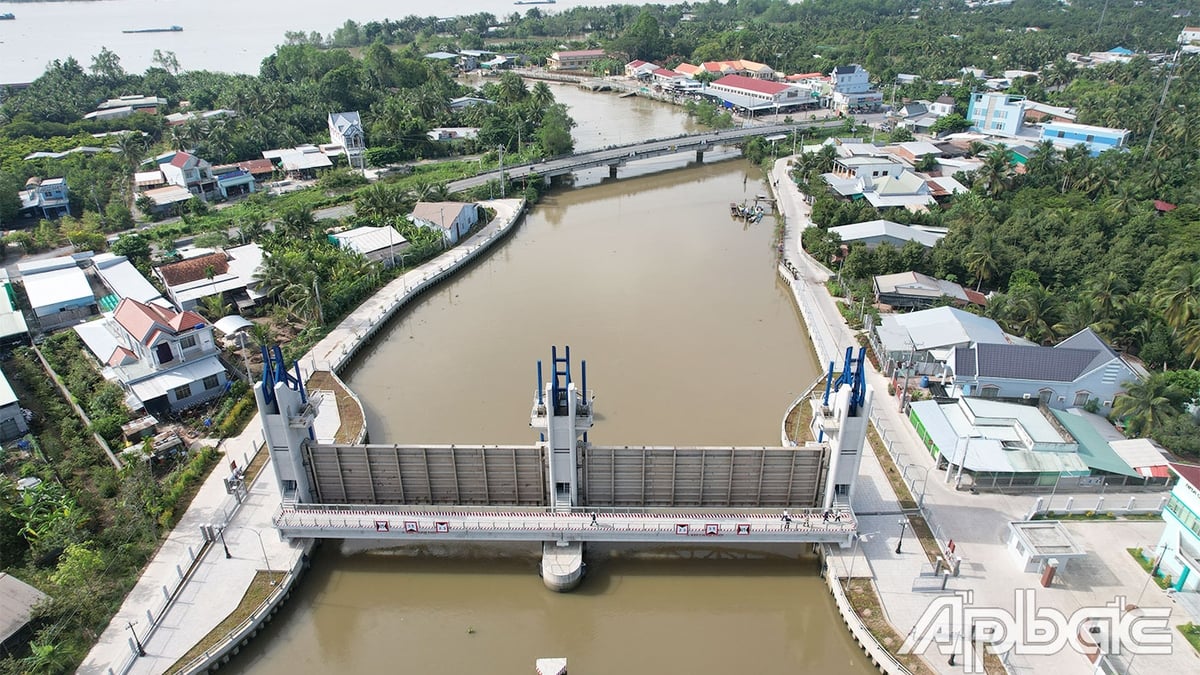
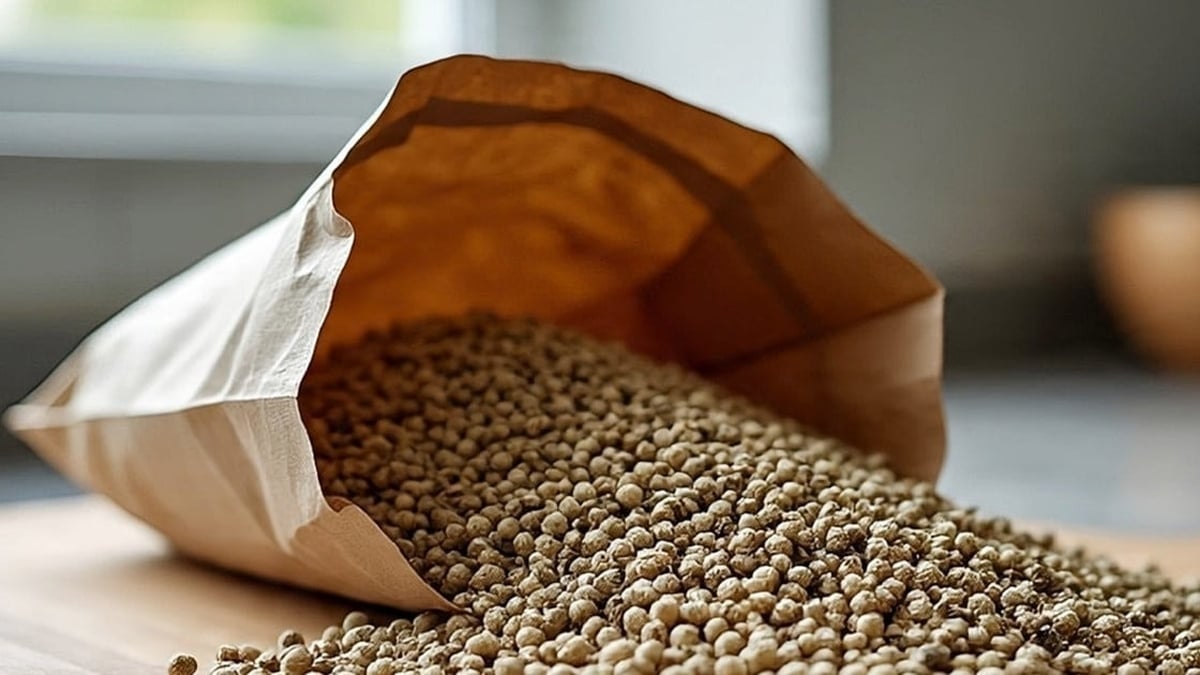

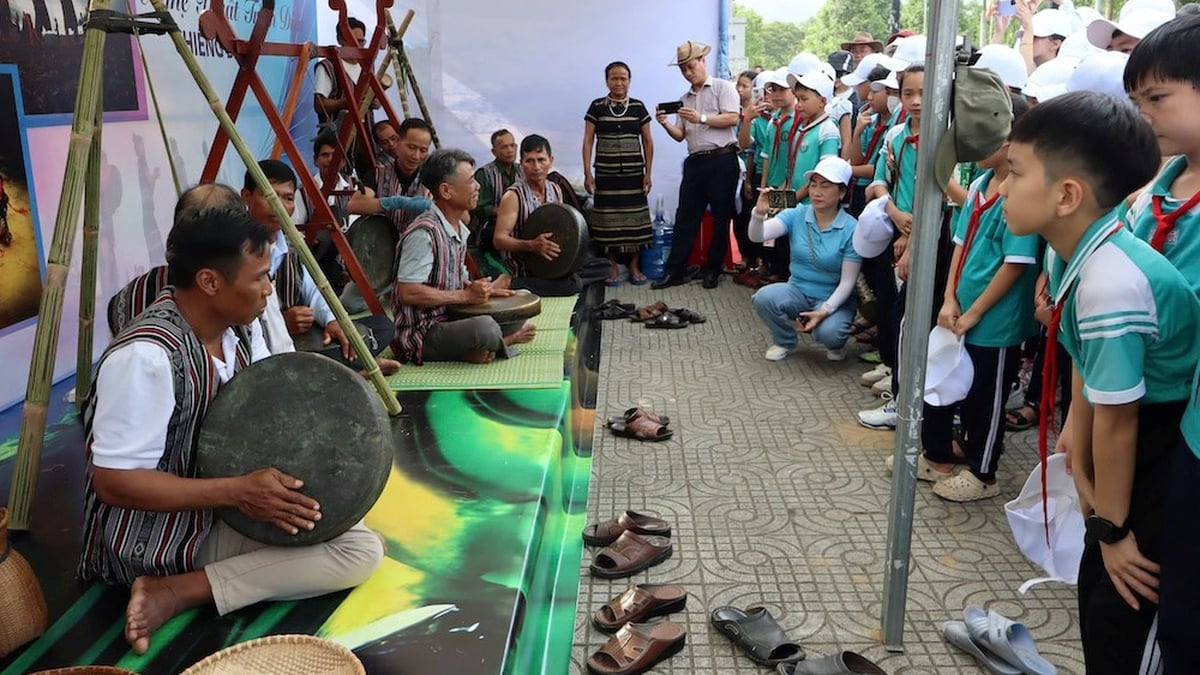
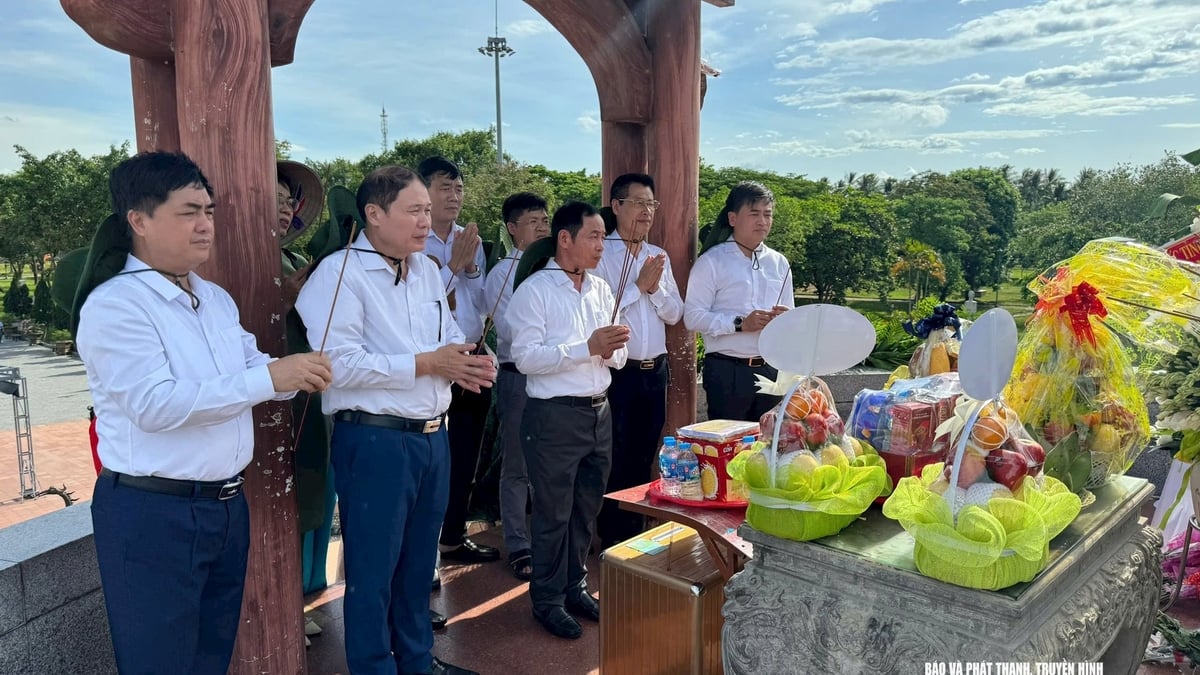
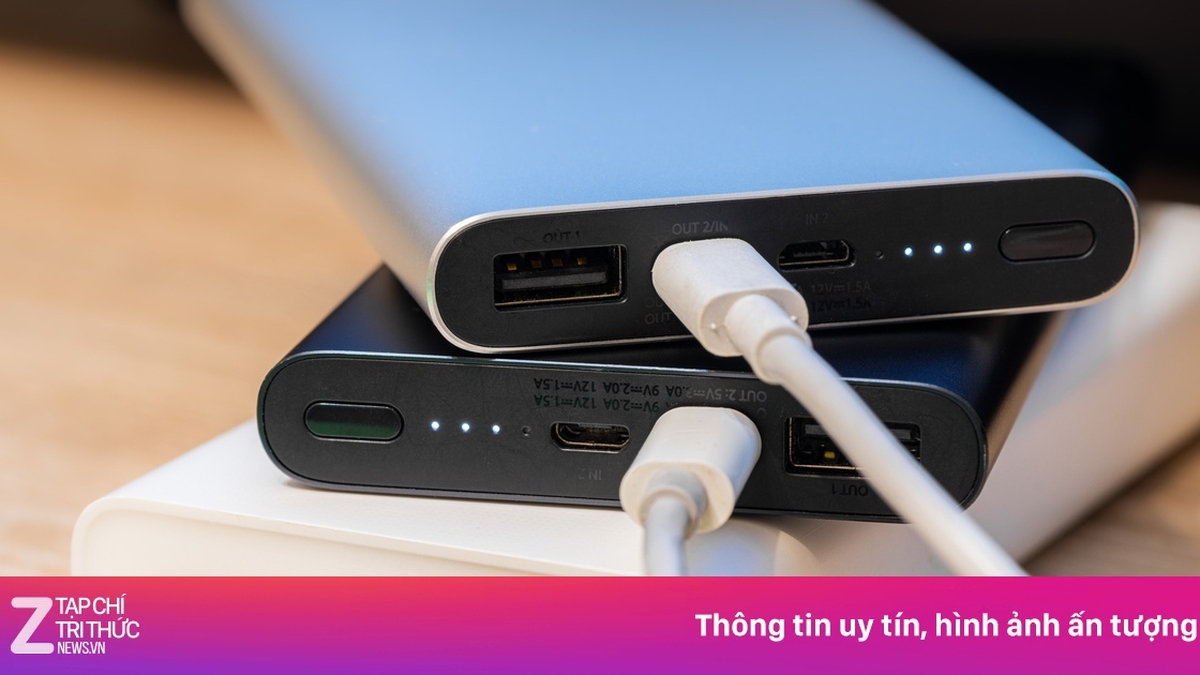
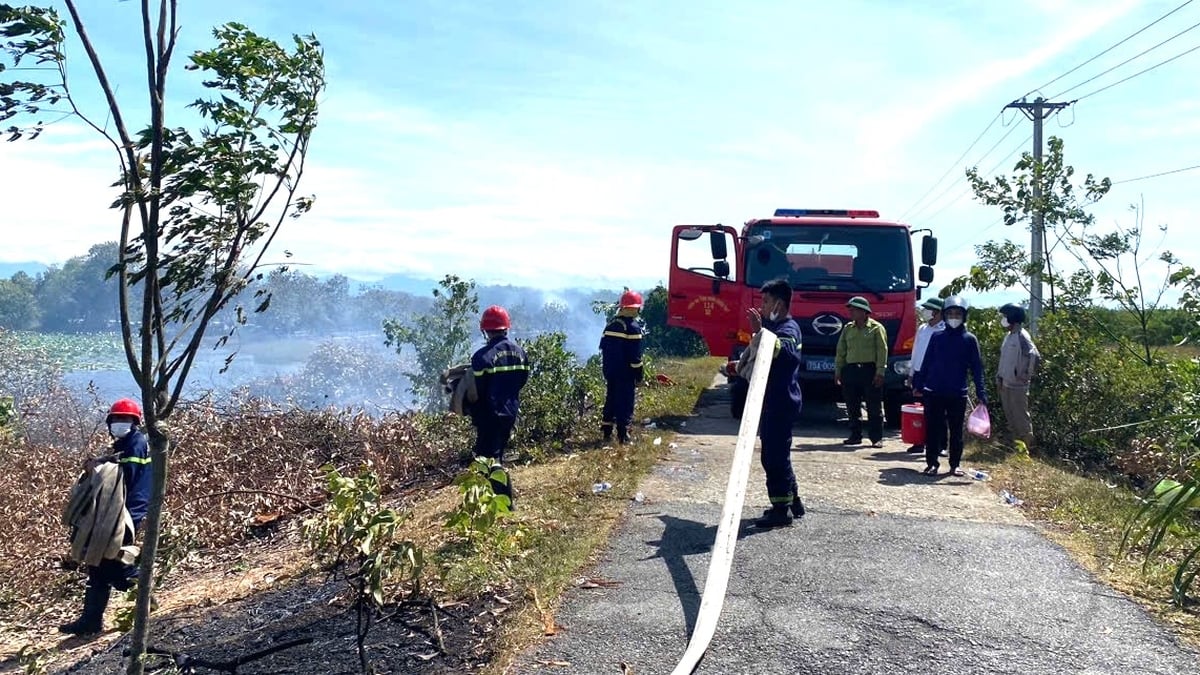
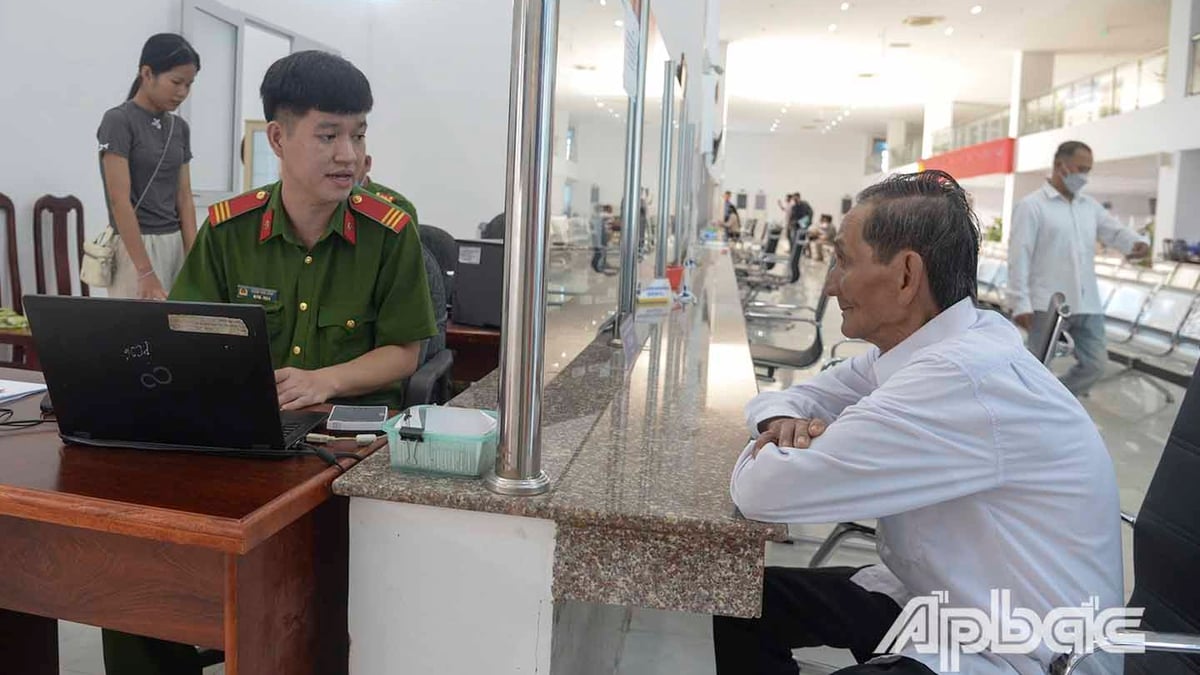

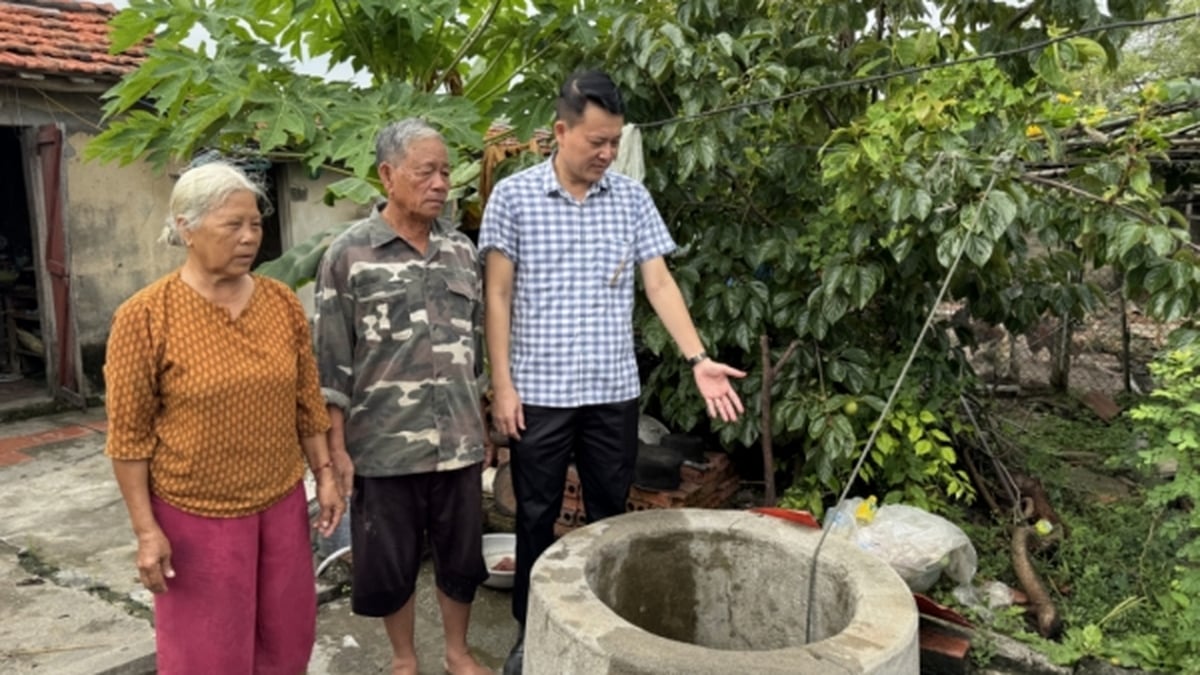






















































































Comment (0)